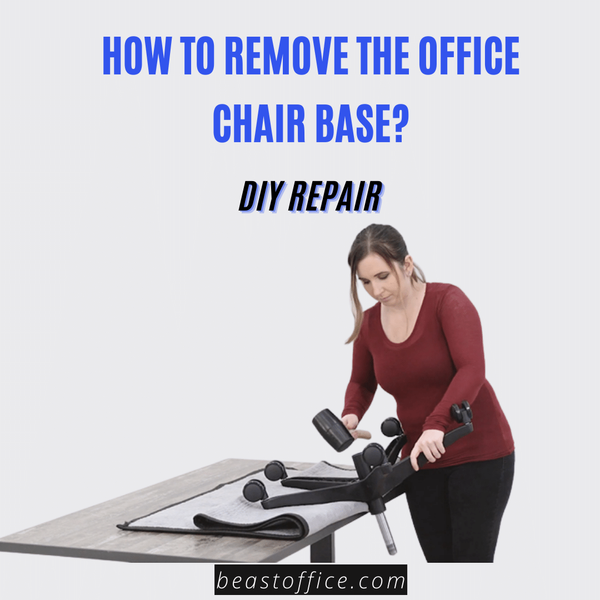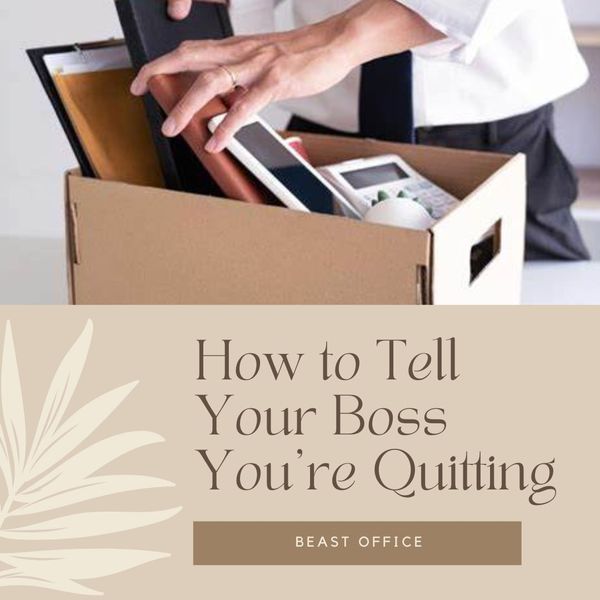Office chairs should be level, and you shouldn't have to adjust them more than once every two hours. If you're suffering from back pain, neck pain, or headaches, it might be time to look at your seating arrangement.
If your chair leans forward, you may be sitting too far back in the seat. The solution is simple: lean forward and scoot closer to the desk or work surface. If this doesn't work, check out our tips below for further troubleshooting.
We've put together a guide to help you assess the situation and decide what steps to take to rectify the situation.
However, if you notice that your chair is leaning forward, there may be a problem with its mechanism or parts.
How Does Tilt Mechanism Cause An Office Chair Lean Forward?
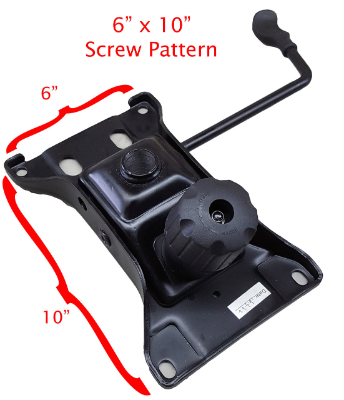
The tilt mechanism of an office chair is a simple lever that can adjust to accommodate different heights. The most common reason an office chair starts leaning forward is that the tilt mechanism is not tightened enough and has loosened over time.
When this happens, the backrest moves forward, making it seem like the chair is leaning backward.
Solution
The solution is to tighten the tilt mechanism to hold the backrest in place, preventing it from moving around.
How To Fix Office Chair Leaning Forward Other Than The Mechanism?
There are many reasons an office chair leans forward, but all of them have one thing in common: they are related to improper use or lack of maintenance. Once you know what causes this problem, it will be easier to fix it yourself or call a professional to help you. Here are a few common reasons why an office chair leans forward, and your can fix those by yourself:
Check Your Office Chair Casters
The first thing to do if your office chair leans forward is to check your casters.
When choosing an office chair, look for one with casters built to last. Some casters are made from plastic and can scratch floors, while others are made of metal and can cause damage to hardwood floors. The best option is to go with a caster made from urethane — it has a hard outer layer, and a soft inner layer that keeps it from scratching surfaces yet still allows it to roll smoothly over most flooring surfaces.
Your casters are probably locked, so you must unlock them before moving them. First, try rotating each wheel by hand; if it's locked up, don't force it because it could break off. Then, check for any foreign objects stuck between the wheel and wheel housing (where the wheel attaches). If there are none, try tapping around all four wheels with a hammer or mallet until they rotate freely and lock again when released by hand. If this doesn't work and your chair still leans forward after locking its casters, proceed to test your swivel seat plate next.
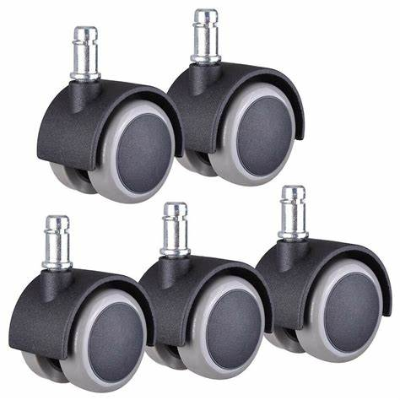
Each caster is mounted on a bracket attached to the bottom of the chair frame. If the caster is loose or damaged, it can cause the seat to lean forward.
Tighten the Caster
To tighten a flexible caster, use a wrench or pliers to turn the nut that holds it into its mounting hole. Check all your casters for this problem by giving each one a quick spin with your fingers; if any one seems loose, tighten it up.
Check Your Office Chair Swivel Seat Plate
The next thing you need to check is your swivel seat plate. This allows the seat to rotate 360 degrees and stops it from moving side-to-side. If worn out or damaged, it can also cause problems with how your office chair moves. Check it by sliding a key into the slot where it connects with the base of your office chair and turn it clockwise until you can feel resistance (that means it's locked in place). Now try moving the seat forwards and backward – if there's still movement, this part needs replacing.
Check Your Backrest Of An Office Chair
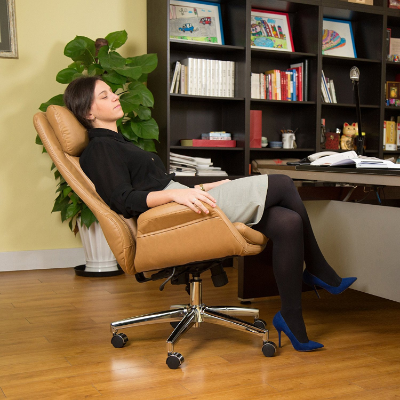
The office chair is leaning forward because the backrest is not adjusted properly. The first step in solving this problem is identifying what is causing it.
You can adjust the backrest by turning the knob on the side of your chair.
If you have a chair with no knob, you may need to remove the seat first, then adjust the backrest while holding onto it with one hand.
Things To Consider If Your Chair Leaning Forward
Select The Right Size For The Chair
If this does not fix the problem, you may need a new office chair altogether. This is because many different sizes are available, and one size only fits some people. You should consult with an expert if this is the case so they can help you find one that fits correctly and comfortably for your body type and size.
Check The Seat Pan While Purchasing
If your seat pan is too high, you will want to purchase a new chair with a lower seat pan. For example, if your current seat pan measures 21", you want to purchase a new chair with a 19" - 20" seat pan.
If your current chair has a 16" - 18" seat pan and leans forward, you may be sitting at an angle that could cause this issue.
You Should Distribute Your Weight Accurately On The Chair
Another reason could be wrong weight distribution in different parts of the seat. The more weight is distributed on a specific part of the seat, the more likely it is to lean forward.
For example, placing most of your weight on your thighs or the lower back area will cause your chair to lean forward. The second reason why an office chair starts leaning forward is that there are problems with its tilt mechanism, which controls how far you can tilt back and forth while sitting on it. If this mechanism has been damaged, it may start leaning forward without warning!
Don't Leave yourself too far Seat From the Desk
The office chair starts leaning forward. The reason is that the seat is too far back, and the user's weight is on the front edge of the chair.
Select An Appropriate Height for the Chair
You can adjust your office chair to fit your height when this happens. You may also be interested to read further about the height adjustments; then we suggest you follow us on this page.
To make sure that the seat is at a proper height, follow these steps:
- Get out of your office chair and stand straight with both feet on the floor.
- Have someone measure from the top of your kneecap to a spot on the floor. This measurement should be between 18 inches and 24 inches for most people. If it's less than 18 inches, you need a taller chair seat; if it's more than 24 inches, you need a shorter seat.
Use The footrests Instead Of Leaning On Chair
If your chair has adjustable footrests, they can also cause leaning problems if they're not properly positioned and secured by their locking mechanisms. Suppose you're using an executive-style chair without adjustable footrests (some don't have them).
First, you must ensure that your feet aren't resting on any part of your desk beside the floor. This is usually done by dragging a small piece of cardboard across the bottom edge of your desk and placing it under each foot so there's no gap between it and the floor.
Your Chair Wheels May Be Locked
The wheels on most office chairs have locks, so you can lock them in place to prevent them from rolling away. If the chair has a locking mechanism, make sure it is unlocked.
Keep Your Posture Appropriate
You need to be sitting in it correctly. Sit up straight, and don't slouch. If you're using an ergonomic chair, ensure you're using it properly. For example, if you have adjustable lumbar support, make sure it's at a comfortable height and isn't pushing into your back.
FAQs
How do you stop leaning forward?
The first thing to realize is that it's very difficult to prevent ourselves from leaning forward no matter how hard we try. But we can train our bodies to sit up straight and be more aware of this issue. To do so, practice sitting with your back against the chair and your feet flat on the floor. This helps engage your core muscles and train them to stabilize your spine.
Final Words
After everything is adjusted so you can sit in your chair without falling forward, it's time to check to see if this problem is fixed. You can do this by putting some pressure on the back of the chair. Push down harder until the back of the chair stops moving. If it still needs to be completely solid, some more adjustments must be made. Go through the same process again and adjust a few more things until the chair feels solid when you sit in it. If your office chair is still leaning forward after making all these adjustments, it may need to be taken somewhere for repairs.






